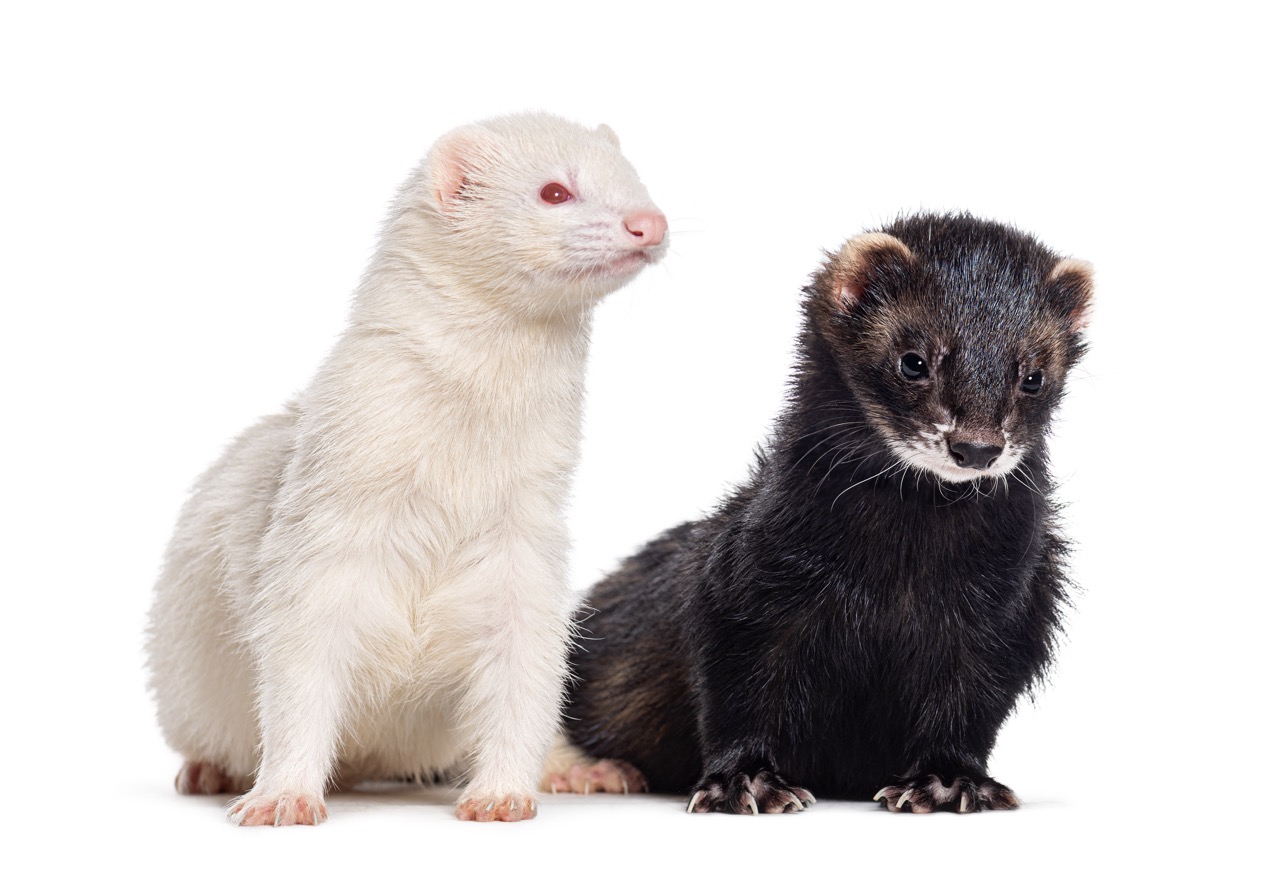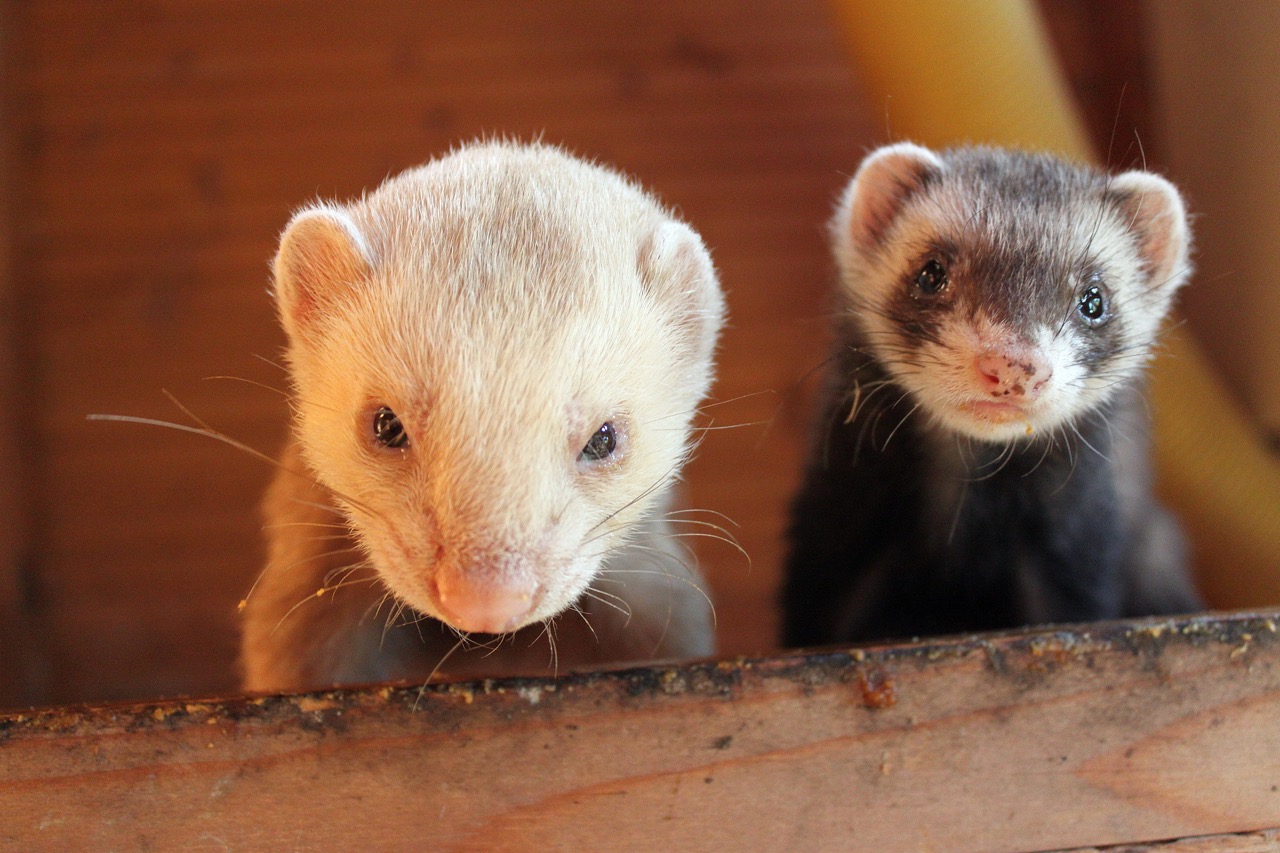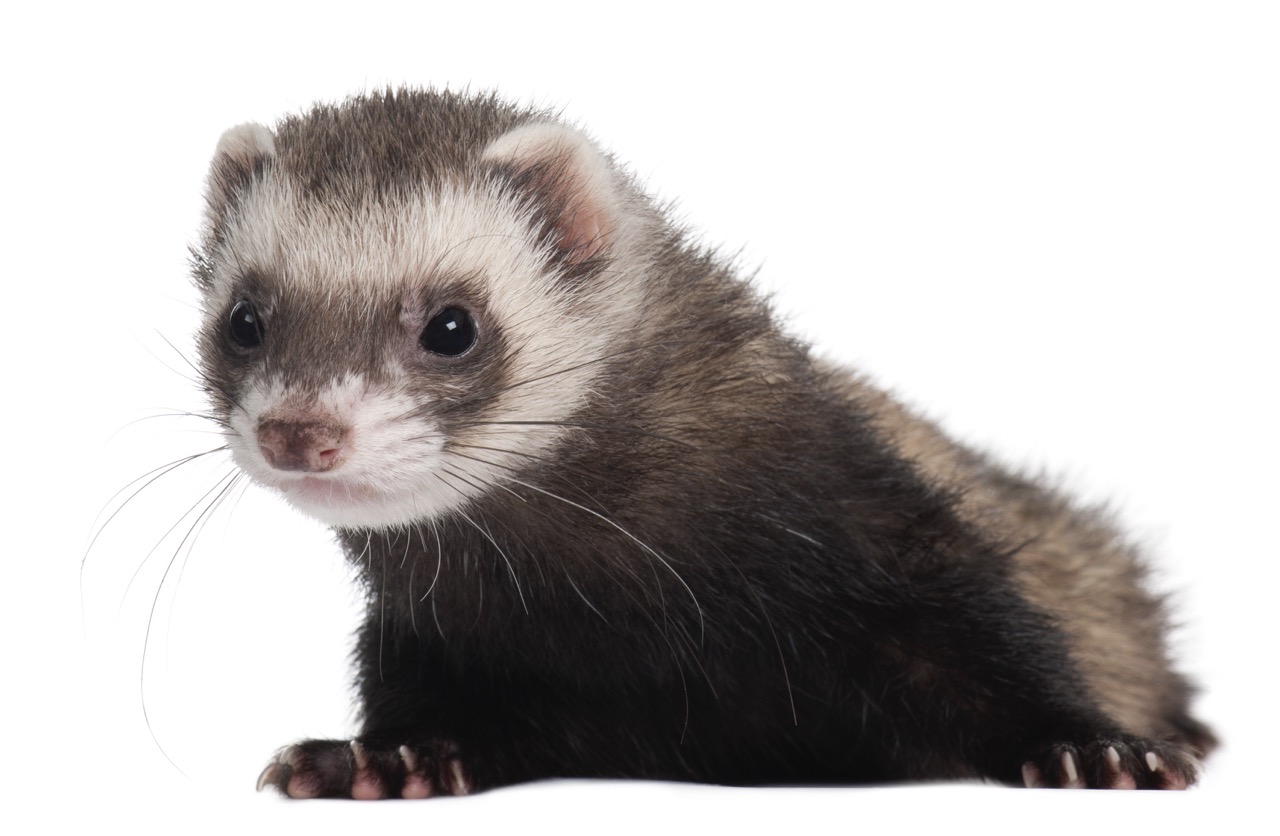When it comes to creating a comfortable and safe environment for ferrets, the choice of cage flooring is often overlooked but is crucial for their overall well-being. Ferrets are naturally active and curious creatures that require a space that allows them to explore and move freely. Selecting the right flooring material can not only enhance their living conditions but also contribute to their health and happiness. This article delves into the importance of ferret cage flooring choices, highlights the best materials available, evaluates their durability and maintenance, and offers final recommendations for optimal flooring options.
Understanding the Importance of Ferret Cage Flooring Choices
The flooring of a ferret cage serves multiple purposes, including providing comfort, facilitating ease of movement, and ensuring hygiene. Ferrets have sensitive paws, and flooring that is too hard or abrasive can lead to injuries or discomfort, potentially impacting their quality of life. Soft yet durable materials can offer a cushioning effect, mimicking their natural habitat while reducing the risk of foot injuries. Additionally, the right flooring can help create a stimulating environment that encourages natural behaviors such as digging and burrowing.
Moreover, the choice of flooring can influence the overall hygiene of the living space. Ferrets are prone to accidents, and a material that is absorbent or easy to clean can help reduce odors and maintain a healthy environment. Being aware of the flooring’s ability to resist moisture and stains is essential for preventing bacterial growth and ensuring that your ferret remains healthy. Choosing the right material can also ease the cleaning process, allowing pet owners to maintain a fresh and inviting space.
Finally, aesthetic considerations should be taken into account when selecting flooring for a ferret cage. The flooring color and texture can contribute to the overall appearance of the cage, making it more visually appealing. A well-designed cage not only benefits the ferret but can also enhance the living space for the owner. Thus, understanding these factors is critical in making an informed decision about ferret cage flooring.
Top Materials for Comfortable Ferret Living Spaces
There are several flooring options that are widely regarded as suitable for ferret cages. One popular choice is fleece, a soft and plush fabric that provides both comfort and warmth. Fleece is easily washable, making it an excellent choice for maintaining hygiene. It is also available in a variety of colors and patterns, allowing owners to personalize their ferret’s living space. However, it’s important to ensure that the fleece is securely fixed to prevent slipping, which could lead to injuries.
Another excellent flooring option is vinyl flooring, which is both durable and easy to clean. Vinyl is water-resistant, making it an ideal choice for ferrets that may have occasional accidents. This type of flooring can also be purchased in a variety of designs, allowing owners to choose an option that fits their aesthetic preferences. Additionally, vinyl provides a smooth surface that is easy for ferrets to walk on, although it may not offer the same level of cushioning as fleece.
Lastly, using solid-bottom cages with removable trays made of plastic or metal can be an effective solution. These materials are extremely durable and can be cleaned easily, making maintenance simple. A solid surface can also help prevent foot injuries, and some trays come with raised edges to contain messes more effectively. Although these surfaces may lack the softness of fleece, providing bedding materials on top can help enhance comfort.
Evaluating Durability and Maintenance of Cage Flooring
When considering flooring materials, durability is a vital aspect to evaluate. Ferrets are known for their playful and sometimes destructive behavior, so selecting flooring that can withstand their antics is important. Fleece, while comfortable, may need to be replaced more frequently due to wear and tear compared to vinyl or hard plastic surfaces. Owners should evaluate how often they are willing to change flooring materials and factor this into their decision.
Maintenance is another critical consideration that can significantly impact daily routines. Fleece requires regular washing to maintain cleanliness, which may be cumbersome for some owners. In contrast, vinyl and solid plastic trays can be wiped down or rinsed off, making them easier to maintain over time. Assessing your own cleaning habits and preferences can help determine which materials will work best for your lifestyle and your ferret’s needs.
Additionally, it’s beneficial to consider the long-term costs associated with different flooring options. While fleece may have a lower upfront cost, the need for frequent replacements and laundry could add up over time. Conversely, investing in durable materials like vinyl or solid plastic may result in higher initial costs but could lead to savings in maintenance and replacement costs in the long run. Taking these factors into account will help ensure that you select flooring that is both practical and economical.
Final Recommendations for Optimal Ferret Cage Flooring
In conclusion, the best flooring for a ferret cage should prioritize comfort, ease of maintenance, and durability. Fleece is an excellent choice for those who want to ensure a soft and cozy environment for their ferret, but it requires regular cleaning and replacement. For owners seeking a more durable and low-maintenance option, vinyl flooring or solid plastic cages with removable trays can provide a practical alternative, ensuring that the living space remains hygienic and easy to manage.
It is also advisable to consider combining different materials for optimal results. For instance, using a solid surface like vinyl or plastic as a base, topped with fleece or bedding, can provide both comfort and ease of cleaning. Such combinations can create a balanced environment that satisfies the ferret’s need for comfort while minimizing the owner’s maintenance efforts.
Ultimately, the choice of flooring should reflect the specific needs of both the ferret and the owner. By carefully evaluating comfort, durability, maintenance, and personal preference, you can create a ferret living space that promotes health, happiness, and a fulfilling lifestyle. Making informed choices in this regard will lead to a happier pet and a more enjoyable experience for both ferret and owner alike.
Selecting the right flooring for your ferret’s cage is a vital step toward ensuring their comfort and health. By understanding the importance of flooring choices, exploring the best materials available, and evaluating aspects like durability and maintenance, you can create an optimal living environment for your furry friend. Whether you opt for the softness of fleece or the durability of vinyl and solid surfaces, your ferret will appreciate a well-thought-out space that meets their needs. Remember, a happy ferret contributes to a happy home, so invest time in creating the perfect habitat!










